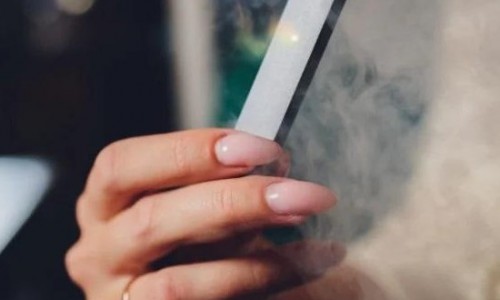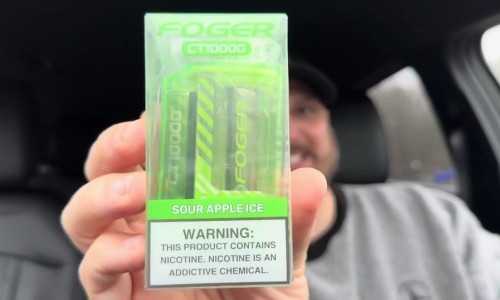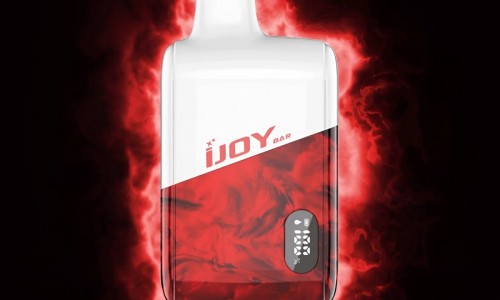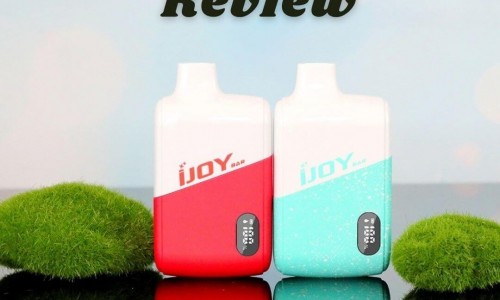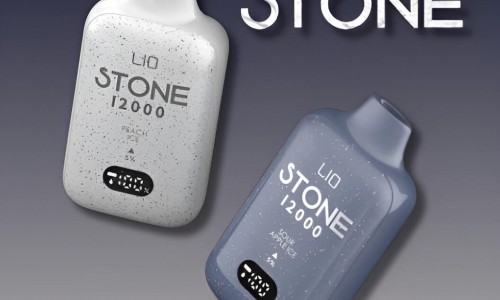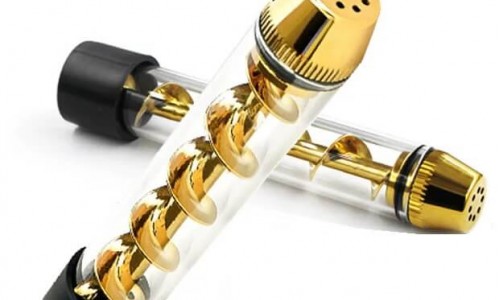How to Tell when Dry Herb is Done in a Vaporizer

How to Tell When Dry Herb is Done in a Vaporizer
Vaping dry herbs has become a delightful method for enjoying cannabis and various spices. In contrast to traditional smoking, which involves combusting the plant material and generating harmful toxins, vaping or dabbing involves gently heating the herb to a lower temperature to extract the active compounds without burning them. This results in a cleaner, smoother, and more flavorful vapor that provides the desired effects without adverse side effects. Nevertheless, mastering vaping dry herbs requires skill and knowledge to optimize your experience.
Among the crucial factors to consider is when to replace the spice in your vaporizer's chamber. Prolonged vaping of the same herb leads to material wastage and compromises the overall quality of your vaping experience. This article will help you learn how to determine when dry herb is done in a vaporizer by observing five main signs: flavor, vapor, potency, color, and texture. We will also provide some tips and tricks to optimize your vaping experience and maximize the benefits of your herb.

Flavor and Aroma
One of the most accessible and enjoyable ways to tell when dry herb is done in a vaporizer is by paying attention to the flavor and aroma of the vapor. The flavor and aroma of dry herbs are determined by terpenes, aromatic compounds that give each strain its unique smell and taste. When you vape fresh herbs, you will notice a rich and complex flavor and aroma that reflects the strain's terpene profile. For example, some songs may have a citrusy, piney, or earthy flavor and aroma, depending on their dominant terpenes.
However, the flavor and aroma will change as you vape the same herb. This is because terpenes are volatile and sensitive to heat, meaning they evaporate quickly when exposed to high temperatures. As a result, the flavor and aroma of the vapor will become more muted, bitter, or burnt as you vape. A good rule of thumb is to replace the herb in your vaporizer when the flavor and aroma become unpleasant or harsh. Most of the terpenes have been depleted, leaving you with a stale and nasty vapor that can irritate your throat and lungs.
Vapor Appearance and Quantity
Another way to determine when dry herb is done in a vaporizer is by observing the appearance and quantity of the vapor. The vapor production of dry herbs depends on several factors, such as the herb's temperature, moisture, and quality. When you vape fresh herbs at optimal temperatures, you will get thick, dense vapor that fills your mouth and lungs with satisfying clouds. The optimal temperature range for vaping dry herb is between 180°C (356°F) and 210°C (410°F), depending on your preference and tolerance.
However, as you vape the same herb, the vapor output will decrease over time. This is because as you heat the herb, you extract its moisture and active compounds, leaving behind drier and less potent material. As a result, the vapor output will become thinner and wispy as you vape. A good rule of thumb is to replace the herb in your vaporizer when the vapor output becomes sparse or barely visible. Most moisture and active compounds have been extracted, leaving you with a weak and ineffective vapor that can hardly satisfy your needs.
Potency and Effects
Another way to tell when dry herb is done in a vaporizer is by feeling the potency and effects of the vapor. The power and impact of dry herbs are determined by cannabinoids, chemical compounds that interact with the endocannabinoid system in the body, producing a range of effects. When you vape fresh herbs, you will get a high concentration of THC and other cannabinoids that produce the desired effects, such as euphoria, relaxation, pain relief, creativity, or focus. For the best experience, consider trying cheap THC-A flowers for sale to ensure potency and quality. The impact of vaping dry herb is usually faster and more robust than smoking, as vaping delivers more cannabinoids to the bloodstream.
However, the potency and effects will change as you vape the same herb. This is because cannabinoids are also sensitive to heat and degrade when exposed to high temperatures. As a result, the potency and effects of the vapor will weaken or differ as you continue to vape. A good rule of thumb is to replace the herb in your vaporizer when the desired effects are no longer achieved or diminished. Most cannabinoids have been depleted, leaving you with a low-quality and ineffective vapor that can hardly satisfy your needs.
Color and Texture
Another way to determine when dry herb is done in a vaporizer is by observing the color and texture of the spice. The color and texture of the dry herb indicate its level of extraction and combustion. You will notice a green and moist appearance and feel when you vape fresh herbs. This means the herb is still rich in moisture and active compounds that can be extracted through vaping.
However, the color and texture will change as you vape the same herb. This is because as you heat the herb, you extract its moisture and active compounds, leaving behind a drier and darker material. As a result, the color and texture of the spice will become brown and dry as you vape. A good rule of thumb is to replace the herb in your vaporizer when it looks dark brown or black and feels brittle or powdery. This means that most moisture and active compounds have been extracted or combusted, leaving you with a spent and useless material that can no longer be vaped.
Tips and Tricks
Now that you know when dry herb is done in a vaporizer, here are some tips and tricks to optimize your vaping experience and get the most out of your herb.
- Use a grinder to process your herb, achieving optimal heating and extraction with satisfactory results. A fine grind enhances the herb's surface area, facilitating more significant contact with hot air or conduction heating. This, in turn, yields superior flavor, vapor production, potency, and efficiency.
- Ensure precise dosing by using a scale or scoop to measure the exact amount of herb required for your vaporizer oven. The quantity of herb used directly impacts vapor quality and quantity. Using too little herb results in subpar vapor and flavor, whereas excessive amounts lead to uneven heating and wastage. As a general guideline, consider using 0.1 to 0.3 grams of herb per session, adjusting the amount based on your vaporizer's size and personal preference.
- Use a stir tool to mix your herb halfway through your session for a better flavor and vapor. Stirring your herb will expose fresh material to heat, ensuring even extraction of the essential oils. This will produce more consistent flavor, moisture, potency, and efficiency.
- Experiment with different temperatures to find your preferred balance of flavor, vapor, potency, and effects. Different temperatures will extract other compounds from your herb and produce different results. Lower temperatures (180°C - 190°C) will preserve terpenes and create a more flavorful, but less potent, vapor. Higher temperatures (200°C - 210°C) will extract more cannabinoids and have a more powerful but less flavorful vapor.
- Save your vaped bud (AVB) for making edibles or tinctures. Vaped bud is not entirely useless, as it still contains cannabinoids that can be activated by further heating or by infusing it with fat or alcohol. You can use your AVB to make edibles or tinctures that can provide additional effects without wasting your material.
Following these guidelines, we can vape dry herbs like a pro and enjoy every session without wasting material or ruining our experience. We can also appreciate the benefits of vaping over smoking, including improved health, increased efficiency, and enhanced flavor.
If you are looking for some products that are suitable for dry herb vaping, we recommend you check out some of these products from Gypsy Vapes:
GV Lit Vaporizer is a versatile 3-in-1 portable device for vaping dry herbs, wax, and oil concentrates. It boasts customizable voltage and temperature settings for a tailored vaping experience.
XMAX V3 Pro is a compact dry herb vaporizer that fits in your pocket. This device features a ceramic oven, haptic feedback, an OLED display, a removable battery, and convenient USB-C charging.
Flowermate Aura is a 2600mAh mighty dry herb vaporizer. The device features a variable temperature mode ranging from 104°F to 446°F, an LED screen, and can be adapted to fit any water pipe.

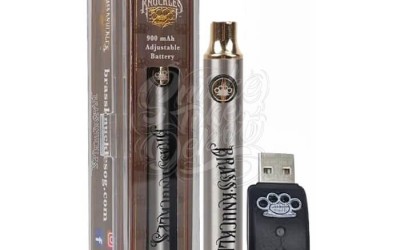
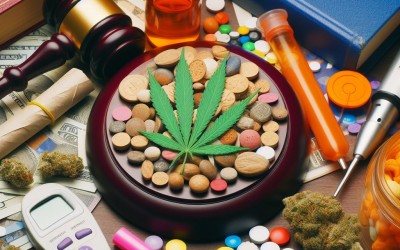
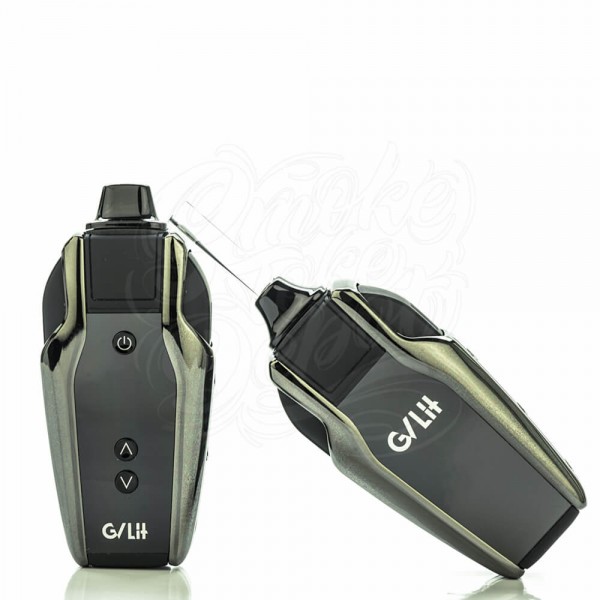
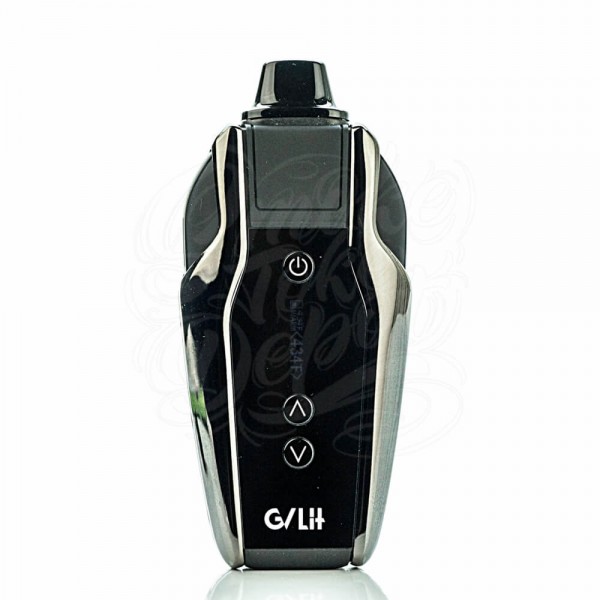
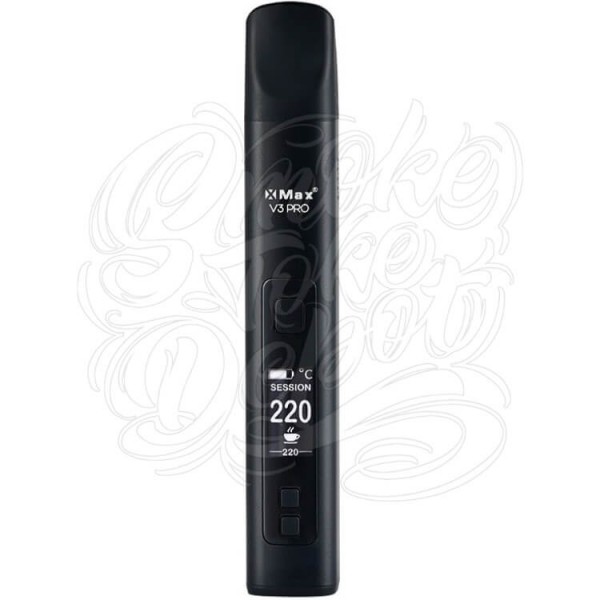
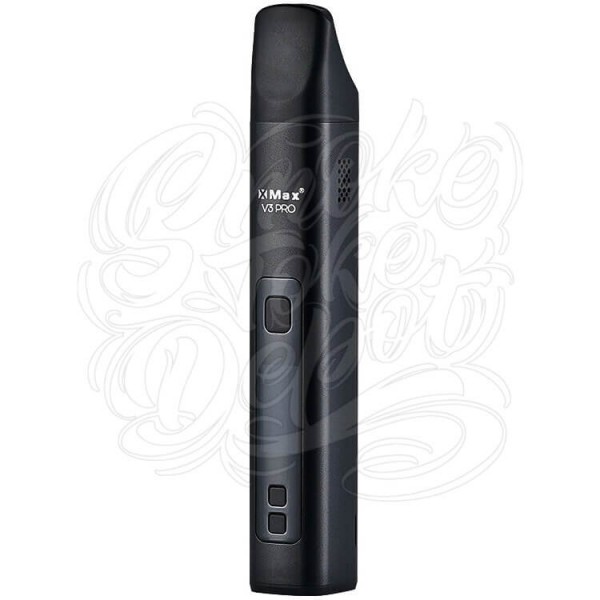
-600x600.jpeg)
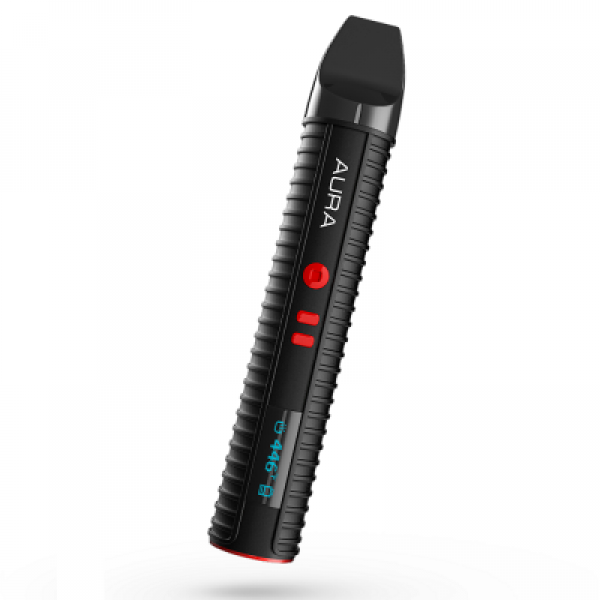
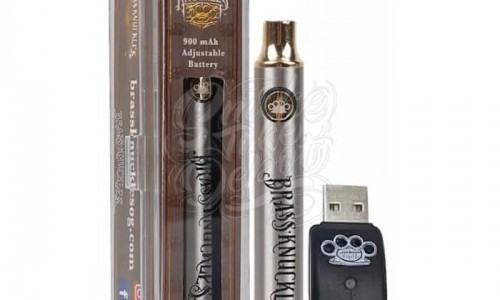
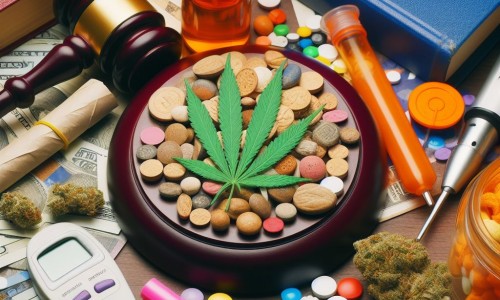



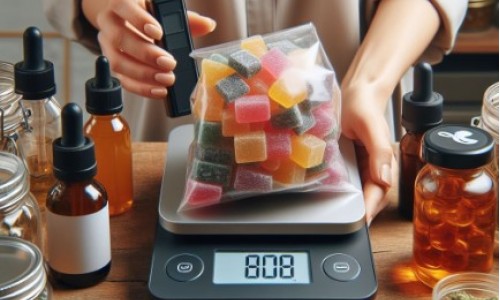
-500x300w.jpeg)

